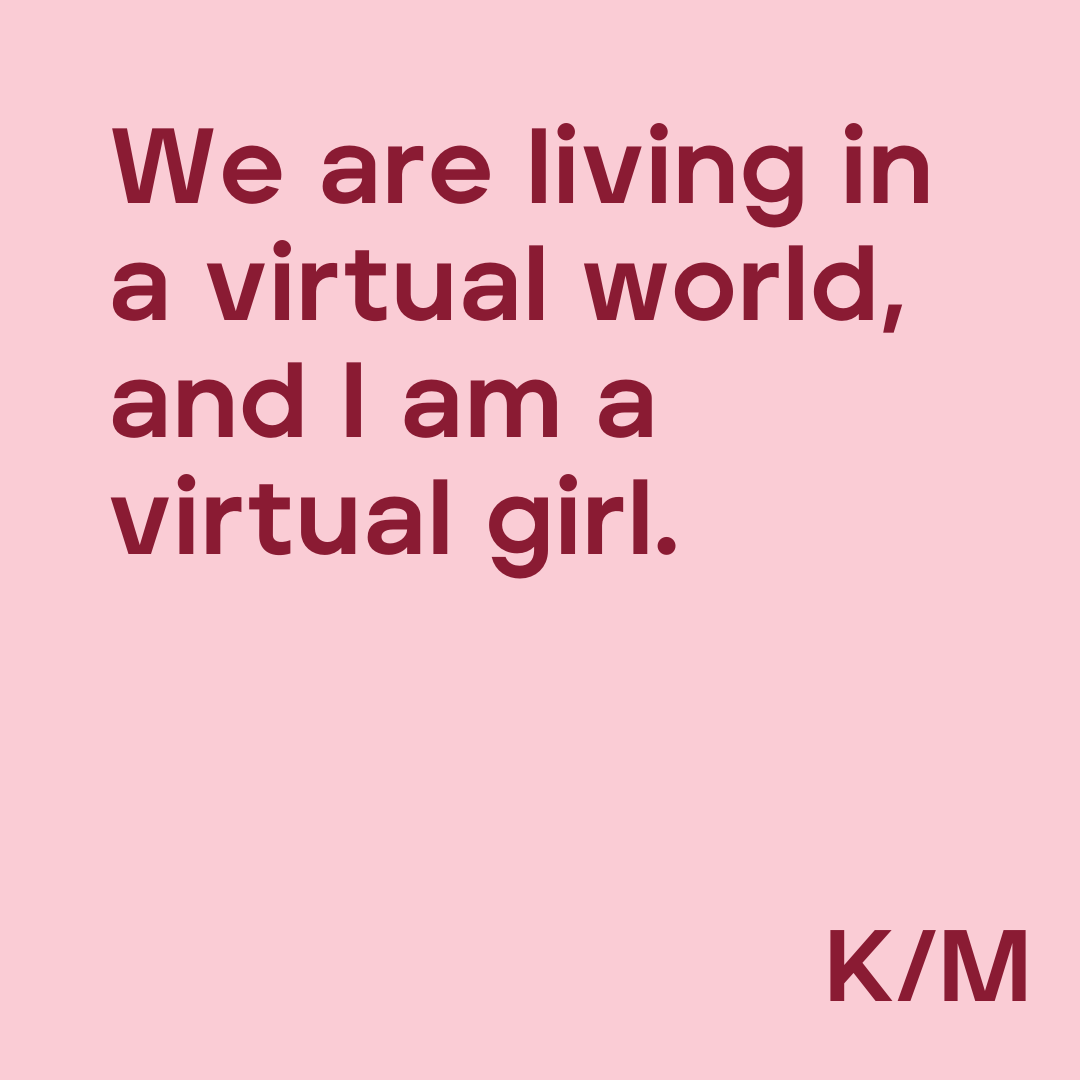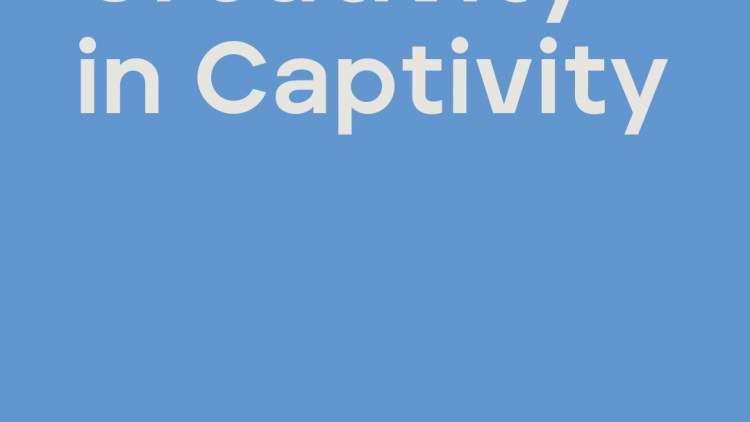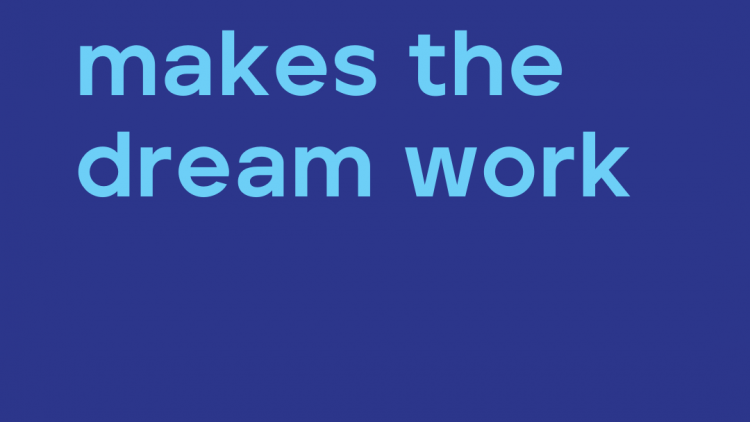As COVID-19 lockdowns ease, more and more businesses are considering offering remote work as a permanent option. Twitter has announced a new ‘working home forever’ policy, while Dentsu, Google and many others are extending the option to work from home until at least the end of 2020.
We made the switch to working virtually 18 months ago, but due to the COVID-19 crisis, many others have been forced into the decision without a chance to fully find their feet. So whether you’ve been considering a virtual working environment for years, or have been thrown in headfirst without a lifejacket, here’s how to make it work successfully for you.
Office ≠ concentration.
KIM MCKAY
Trust, don’t track:
In order to make working virtually a success, your culture must be built on trust – and that means treating your team like adults. If you’re still in the mindset of ‘checking up’ on your staff or tracking every microsecond of their time, remote working is never going to work for your business. Micromanagers need not apply.
In recent weeks there’s been a lot of news coverage about companies installing time tracking and other workplace surveillance apps on their team’s computers and devices. Some of these solutions go beyond recording webpages and actually track individual mouse movements and keyboard strokes.
It goes without saying that this level of employee surveillance is never going to build a sense of trust. If you treat your employees like adults, they will act like adults. If you treat them like naughty school children, that’s exactly what you’ll get.
Get your processes right:
Processes are never sexy, but they’re essential for a successful virtual working environment. It’s critical for leaders to invest the time and money to get their virtual workflows right, and for teams to understand how to use them to maximise their output.
This applies to every area of your business, from onboarding to client service and project management. Every single process that worked in a physical environment now needs to work just as seamlessly in a virtual one. While lockdown has meant we are all proficient in Slack and Zoom, the focus needs to be on using the right tools, the right way. I’m predicting Loom and Process.St as the next big players in the virtual workflow space.
Realise the benefits:
A large factor in our decision to switch to a virtual model 12 months ago was the question of recruitment. Did I want the very best team on the planet, or did I want the best team who lived close enough to make the journey to Surry Hills every weekday?
Virtual workplaces give you the flexibility and freedom to hire literally anyone you like. You’re no longer choosing from the most qualified person in your city, but the most qualified person in the country or even the world. Suddenly, the pool of potential candidates looks a lot more exciting.
It’s a win for everyone: employers get a far greater choice of candidates, and employees get the chance to work for companies they might never have considered previously.
Office ≠ concentration:
Therefore, the only reason you would need an office would be for collaboration or communication. We noticed that given the choice, the majority of people chose to come in one day a week so they could see each other, catch up face to face, and make the most of some creative thinking with the added brain power of the whole team.
Don’t even use the ‘office’ label. Instead, think about creating a clubhouse feel to your space. A clubhouse doesn’t have desks; a clubhouse has lots of comfy seating, areas for connecting with one another, and of course, a selection of great drinks.
Think outside the home:
WFH is the acronym most associated with the increased adoption of virtual workplaces since the COVID-19 crisis hit, but I’d like to invite you to reconsider the ‘H’ in ‘WFH’.
Remote working means more than simply moving your desk from the office to a home office. It means being able to work from literally anywhere with a WiFi connection, be it a campsite, a library, or a beach in Croatia (travel restrictions allowing, of course). The opportunities are endless, exciting, and empowering. Embrace them.



